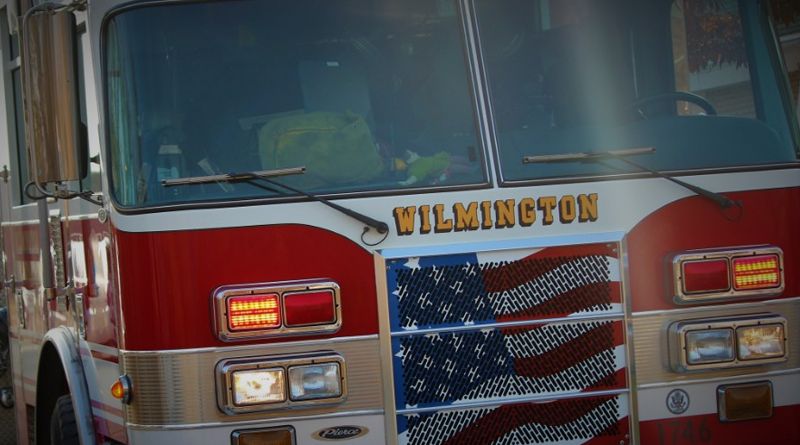CO Poisoning sends 6 Children & 2 Adults to Hospital in Wilmington, DE
July 14th 2023 – Wilmington, Delaware: The CO Poisoning incident in 900 N. Madison Street on Friday July 14th, 2023, involving a carbon monoxide leak, sent shockwaves through the Wilmington community as emergency response teams sprang into action. The incident serves as a stark reminder of the dangers posed by carbon monoxide (CO), a colorless and odorless gas, which can be life-threatening if CO is inhaled in high concentrations.

Just before 12:30 Friday afternoon a carbon monoxide alerted the Wilmington Fire Department to carbon monoxide leak inside a residence in the 900 block of North Madison. On arrival, Battalion Chief of District 1 assumed Command of a three-story multiple-residence structure.
Firefighters immediately began searching the building and were confronted with carbon monoxide readings exceeding 500 parts per million (ppm), a level that can cause CO Poisoning that poses a serious risk to human health. Read More…
If you or someone you know has been affected by CO Poisoning, please contact us for advice on whether you have grounds to seek compensation
What is carbon monoxide?
Carbon monoxide, or CO, is a colorless, odorless, toxic gas. It is produced by the incomplete combustion of solid, liquid, and gaseous fuels. Appliances fueled with gas, oil, kerosene, or wood produce CO. If such appliances are not installed, maintained, and used properly, CO can accumulate to dangerous and even deadly levels in cars, homes, or poorly ventilated areas.
Where does CO come from?
Carbon monoxide is produced by devices that burn fuels. Therefore, any fuel-burning appliance in your home is a potential CO source. Electrical heaters and electric water heaters, toasters, etc., do not produce CO under any circumstances. Under normal circumstances, CO should not be detectable in the typical home or workplace.
When appliances are kept in good working condition, they produce little CO. But improperly operating or improperly vented appliances can produce elevated — even fatal — CO concentrations in your home. Likewise, using kerosene heaters or charcoal grills indoors, or running a car in a garage, can cause levels high enough to result in CO poisoning.
Common sources of CO include the following wood or gas fueled appliances, such as:
- Room heaters
- Furnaces
- Charcoal grills
- Cooking ranges
- Water heaters
- Automobiles run in closed garages
- Fireplaces
- Portable generators
- Wood burning stoves
Who is at risk of CO poisoning?
Any person or animal in space shared with a device capable of generating CO should be considered at risk of CO poisoning. CO exposures especially affect unborn babies, infants, and people with anemia or a history of heart disease. Breathing low levels of the chemical can cause fatigue and increase chest pain in people with chronic heart disease.
Each year, nearly 5,000 people in the United States are treated in hospital emergency rooms for CO poisoning; however, this number is believed to be an underestimate of CO poisoning because many people with CO symptoms mistake the symptoms for the flu or are misdiagnosed.
What precautions should I take against CO poisoning?
The saying that Prevention Is Better Than Cure could not be more true than with taking precautions against carbon monoxide, so the proper maintenance, installation, and use of appliance that may produce CO, and the fitting and maintenance of alarms that can alert you to the presence of CO are critically important. Please read further advice here…




Leave a Reply